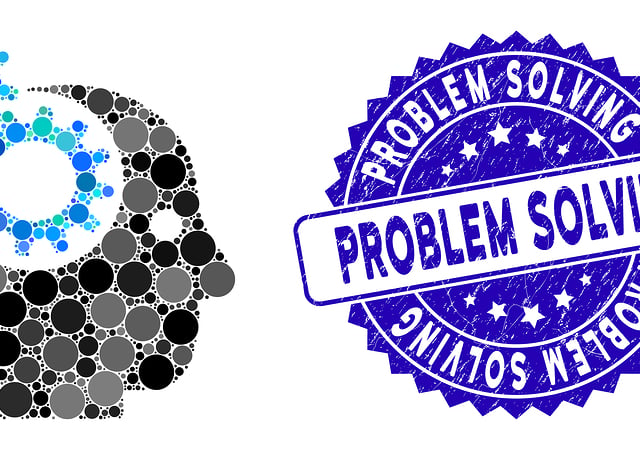
Formula Chart of the SAT® Problem Solving and Data Analysis Questions
If you thought math wasn’t about everyday life, then the SAT® Problem Solving and Data Analysis questions are going to change your mind! These questions are all about solving problems you’ll really face in the future, such as finding rates, understanding graphs, calculating interest rates, and so on.
There will be 15 questions of this type on the SAT® Test. What should you do to succeed on the SAT® Problem Solving and Data Analysis questions? Well, you could start by reading our free study guide, solving our free practice test, and learning all the essential formulas you’ll need, provided in the formula chart, below.
To see formulas used in the other three areas of math on the SAT®, check out our charts for those:
Here are the Problem-Solving and Data Analysis formulas you’ll need:
| Category | Formula | Symbols | Comment |
|---|---|---|---|
| Problem Solving and Data Analysis |
\(Du=Su \cdot \dfrac{Du}{Su}=Su \cdot CF\) | Du = Desired Unit Su = Starting Unit CF = Conversion Factor |
Multiple steps may be needed. |
| Problem Solving and Data Analysis |
\(a \cdot b\% =a \cdot \frac{b}{100}\) | a = any real number b% = any percent |
Remember to simplify if necessary |
| Problem Solving and Data Analysis |
\(\% = \frac{\vert b-a \vert }{b} \cdot 100= \frac{c}{b} \cdot 100\) | % = % increase or decrease a = new value b = original value c = amount of change |
|
| Problem Solving and Data Analysis |
\(rg=lv -sv\) | rg = range of data lv = largest value in the data set sv = smallest value in the data set |
|
| Problem Solving and Data Analysis |
\(\overline{x}= \dfrac{\Sigma x_i}{n}\) | \(\overline{x}\) = mean \(x_i\) = value of each measurement n = number of measurements |
|
| Problem Solving and Data Analysis |
\(Md=(\dfrac{n+1}{2})^{th} term\) | Md = median n = number of measurements (odd) |
|
| Problem Solving and Data Analysis |
\(Md=\dfrac{(\frac{n}{2})^{th} term + (\frac{n+1}{2})^{th} term }{2}\) | Md = median n = number of measurements (even) |
|
| Problem Solving and Data Analysis |
\(s=\sqrt{\Sigma(x_i-\overline{x})^2/(n-1)}\) | s = standard deviation \(\overline{x}\) = mean \(x_i\) = value of each measurement n = number of measurements |
|
| Problem Solving and Data Analysis |
\(V=s^2\) | v = Variance s = standard deviation |
|
| Problem Solving and Data Analysis |
\(CV=RSD=100 \cdot \dfrac{s}{\overline{x}}\) | CV = Coefficient of variation RSD = Relative standard deviation s = standard deviation |
|
| Problem Solving and Data Analysis |
\(SI=P \cdot IR \cdot t\) | SI = Simple interest P = Principal (Amount borrowed) IR = Interest rate t = time (use same time units as in IR) |
|
| Problem Solving and Data Analysis |
\(A_{SI}=P + SI = P \cdot (1+IR \cdot t)\) | \(A_SI\) = Future value to be paid (for SI) P = Principal (Amount borrowed) SI = Simple interest IR = Interest rate t = time (use same time units as in IR) |
For simple interest |
| Problem Solving and Data Analysis |
\(A_{CI} = P \cdot (1+ \dfrac{IR}{n})^{n \cdot t}\) | \(A_CI\) = Future value to be paid (for CI) = P = Principal (Amount borrowed) IR = Interest rate n = num. of times int. is compounded per unit time t = time (use same time units as in IR) |
For compound interest |
Keep Reading

SAT Exam Blog
Discontinuation of the SAT Essay and What It Means for Students
The SAT, a staple of American college admissions for decades, has seen …

SAT Exam Blog
How Many Questions Are on the SAT?
Embarking on your college journey involves several important milestones…

SAT Exam Blog
SAT Test Dates 2019–2020
For the latest COVID-19-related testing information, please see our fr…